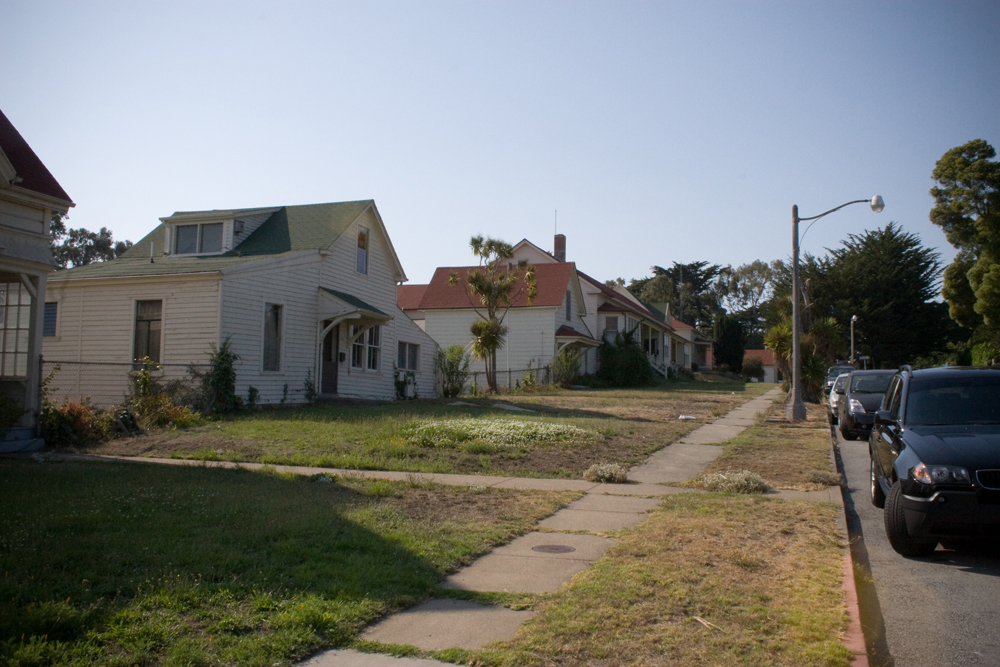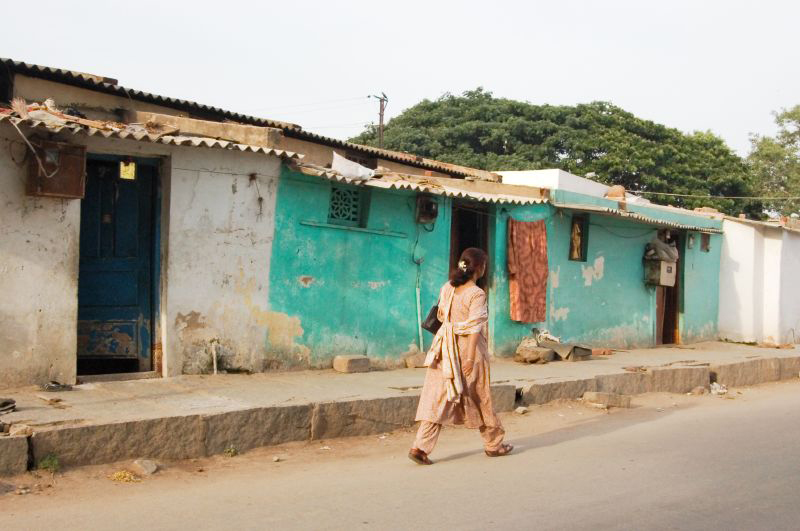| << Chapter < Page | Chapter >> Page > |

Factors that define stratification vary in different societies. In most societies, stratification is an economic system, based on wealth , the net value of money and assets a person has, and income , a person’s wages or investment dividends. While people are regularly categorized based on how rich or poor they are, other important factors influence social standing. For example, in some cultures, wisdom and charisma are valued, and people who have them are revered more than those who don’t. In some cultures, the elderly are esteemed; in others, the elderly are disparaged or overlooked. Societies’ cultural beliefs often reinforce the inequalities of stratification.
One key determinant of social standing is the social standing of one’s parents. Parents tend to pass their social position on to their children. People inherit not only social standing but also the cultural norms that accompany a certain lifestyle. They share these with a network of friends and family members. Social standing becomes a comfort zone, a familiar lifestyle, and an identity.
Other determinants are found in a society’s occupational structure. Teachers, for example, often have high levels of education but receive relatively low pay. Many believe that teaching is a noble profession, so teachers should do their jobs for love of their profession and the good of their students, not for money. Yet no successful executive or entrepreneur would embrace that attitude in the business world, where profits are valued as a driving force. Cultural attitudes and beliefs like these support and perpetuate social inequalities.
Sociologists distinguish between two types of systems of stratification. Closed systems accommodate little change in social position. They do not allow people to shift levels and do not permit social relations between levels. Open systems, which are based on achievement, allow movement and interaction between layers and classes. Different systems reflect, emphasize, and foster certain cultural values, and shape individual beliefs. Stratification systems include class systems and caste systems, as well as meritocracy.

Caste systems are closed stratification systems in which people can do little or nothing to change their social standing. A caste system is one in which people are born into their social standing and will remain in it their whole lives. People are assigned occupations regardless of their talents, interests, or potential. There are virtually no opportunities to improve one’s social position.

Notification Switch
Would you like to follow the 'Global sociology' conversation and receive update notifications?